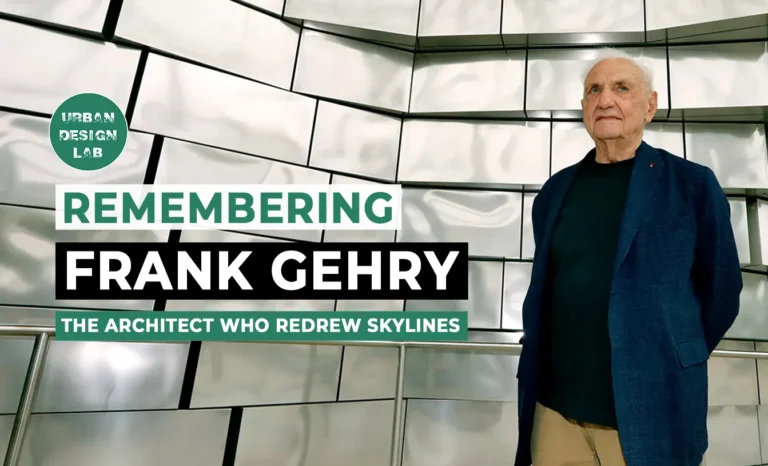
Third Place Theory: Creating Community Spaces
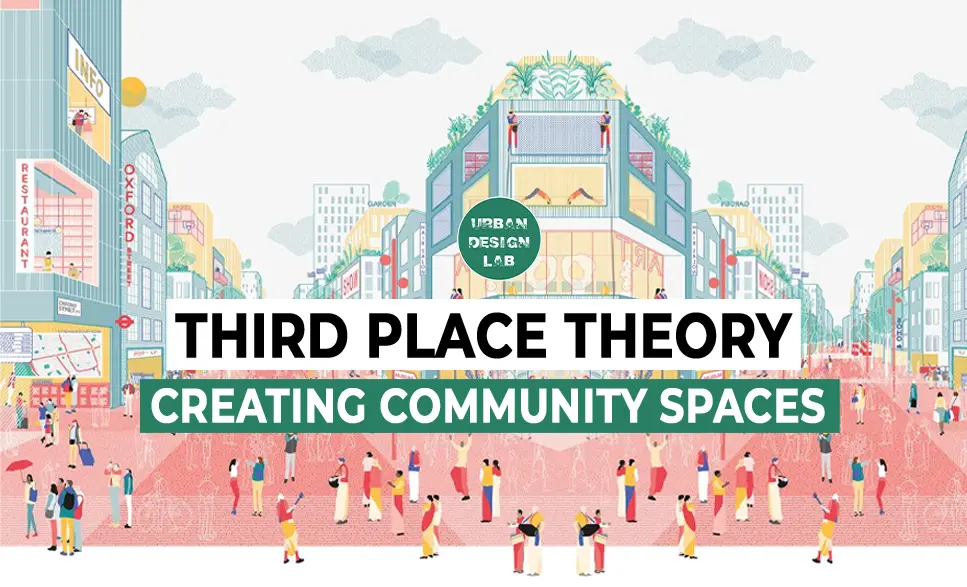
The Third Place Theory, conceptualized by urban sociologist Ray Oldenburg, highlights the critical role of informal gathering spaces in fostering social interaction and strengthening community ties. These “third places,” situated outside the realms of home and work, are vital for cultivating a sense of belonging and enhancing the overall quality of life. By providing neutral, accessible environments for people to connect, they serve as the social backbone of neighborhoods, offering more than just a venue for casual conversation—they support cultural exchange, economic vitality, and community resilience.
This article explores the key principles of the Third Place Theory and examines how these communal spaces can be thoughtfully integrated into urban planning and development. It will also discuss the challenges cities face in creating successful third places and highlight the broader impact of these spaces on building more inclusive, sustainable, and connected urban environments. Through this lens, we will delve into the significant potential of third places in shaping thriving cities that prioritize the well-being of all residents.
Understanding Third Place Theory
Think about your daily life. You go to work, you go home, and maybe you go to the gym or grab dinner with friends. But where do you truly feel a sense of community? Where do you connect with people in a meaningful way without the pressures of work or family obligations? This is where “third places” come in.
Developed by sociologist Ray Oldenburg, Third Place Theory recognizes that we need more than just our homes and workplaces to build a strong sense of community.
Third places are those informal, welcoming spaces where people gather, interact, and build relationships which are:
- Accessible
- Neutral
- Encourage regular visits
- Fostering a sense of belonging and shared experiences
Your home is your “first place” – it’s where you feel safe and comfortable. Your workplace is your “second place” – it’s where you contribute and make a living.
But “third places” are the spaces that truly bring people together, allowing them to relax, socialize, and connect on a deeper level. They are the heart and soul of a community, fostering a sense of belonging and creating a more vibrant and livable environment for everyone.
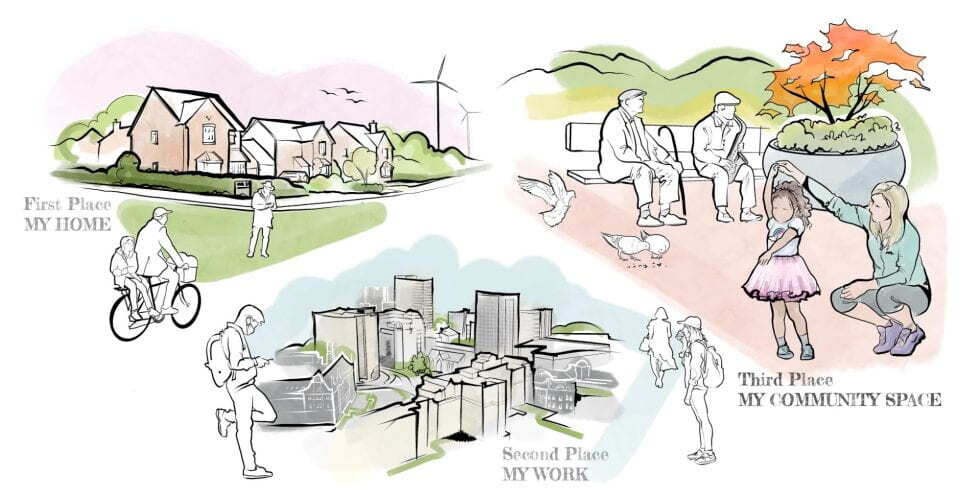
Third Places Fostering Connection
A coffee shop, filled with the chatter of friends catching up, book club members discussing their latest read, or neighbors swapping stories over a shared meal. These spaces offer a sense of warmth and connection, where conversations flow easily and friendships are formed.
One of the key elements of Third Place Theory is the emphasis on conversation. Third places encourage relaxed and informal conversations allowing people to Connect on a personal level and Share their thoughts and experiences. They provide a neutral ground for dialogue, where people can be themselves without the pressures of work or family life.
Conversation is the lifeblood of community. It builds relationships, fosters understanding, and strengthens the social fabric of a community. Third places provide a platform for meaningful conversations, allowing people to connect, learn from one another, and build a sense of belonging. They are essential spaces for fostering a vibrant and connected community.
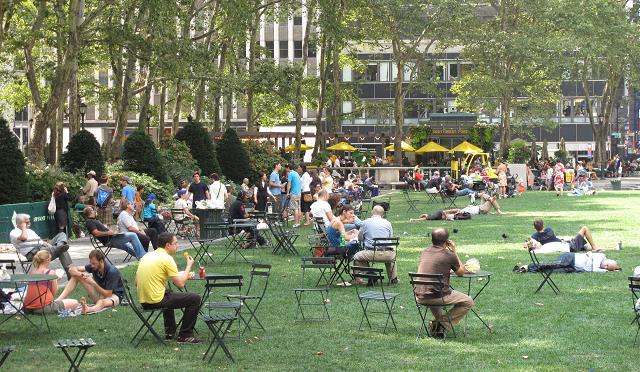
Source: Website Link
Practical Tips for Creating Third Places
Creating a successful third place is not simply about finding a space and opening the doors. It requires careful planning, design considerations, and a deep understanding of what makes a community thrive.
Here are some practical tips for creating third places that truly resonate with the community:
- Accessibility: Ensure the space is easily accessible to people with varying mobility levels and diverse backgrounds.
- Comfort and Ambiance: Create a welcoming and comfortable atmosphere with comfortable seating, good lighting, and a pleasant ambiance.
- Flexibility: Design the space to accommodate various activities, including conversation, reading, working, and community events.
- Technology: Consider integrating technology thoughtfully to enhance communication and accessibility, but avoid making it the primary focus.
By carefully considering these design elements, we can create third places that are not just functional spaces, but welcoming and inviting places for people to connect, relax, and build community.
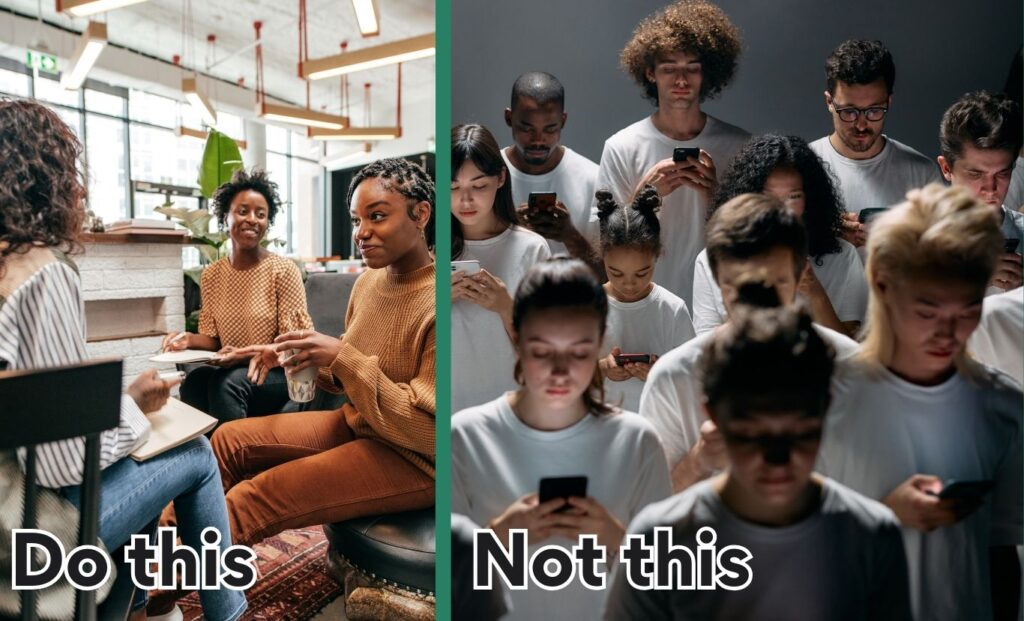
Source: author
The Role of Technology in Third Place Spaces
The digital age has dramatically transformed our lives, impacting the way we interact and connect. But what is the role of technology in third places? How can we leverage technology to enhance community building without sacrificing the essence of face-to-face interaction?
Technology can play a positive role in third places, but it’s crucial to use it thoughtfully:
- Communication Tools: Wi-Fi and charging stations can enhance the experience, allowing people to stay connected.
- Online Communities: Creating online groups or forums can build a sense of community beyond physical space.
- Event Scheduling: Using online tools to schedule events and activities can make it easier for people to connect and participate.
Technology should be used to enhance, not replace, the core values of third places. It’s about fostering connection, encouraging conversation, and creating a welcoming and accessible space for everyone.
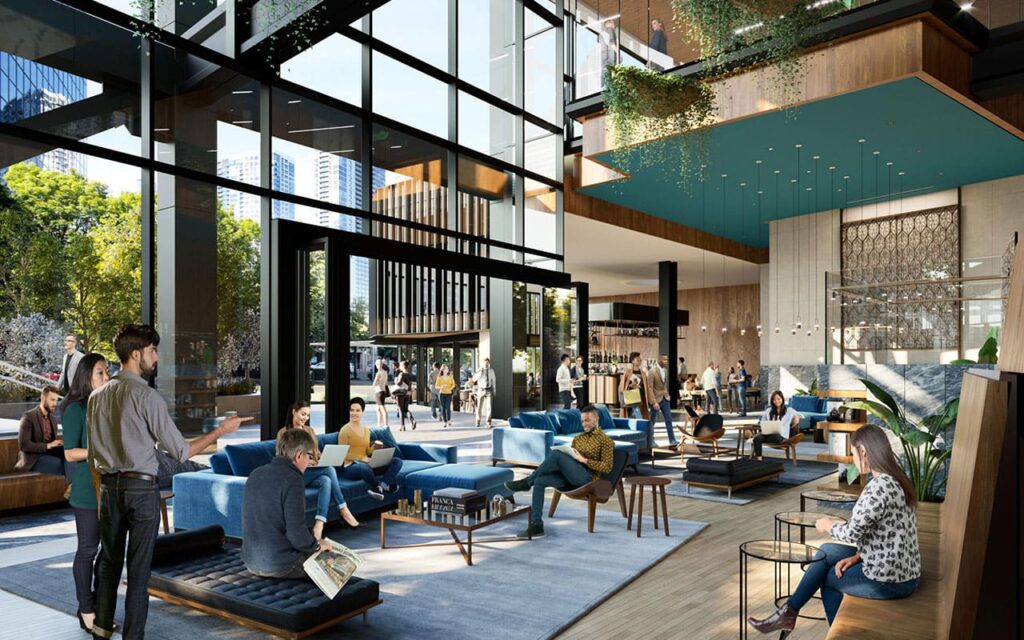
Third Places and Sustainability: Creating Inclusive Spaces
Creating truly successful third places requires a focus on sustainability, ensuring that these spaces are inclusive and accessible to all members of the community, regardless of background or ability.
Here are some key considerations for creating sustainable third places:
- Accessibility: Ensure the space is accessible to people with disabilities, including ramps, elevators, and accessible restrooms.
- Environmental Sustainability: Minimize the environmental impact through energy-efficient practices, sustainable materials, and waste management.
- Social Inclusion: Create a welcoming atmosphere that embraces diversity and promotes a sense of belonging for everyone.
Creating sustainable third places means creating spaces that are not only welcoming and inviting but also environmentally responsible and inclusive. It’s about building a community where everyone feels a sense of belonging and can thrive.
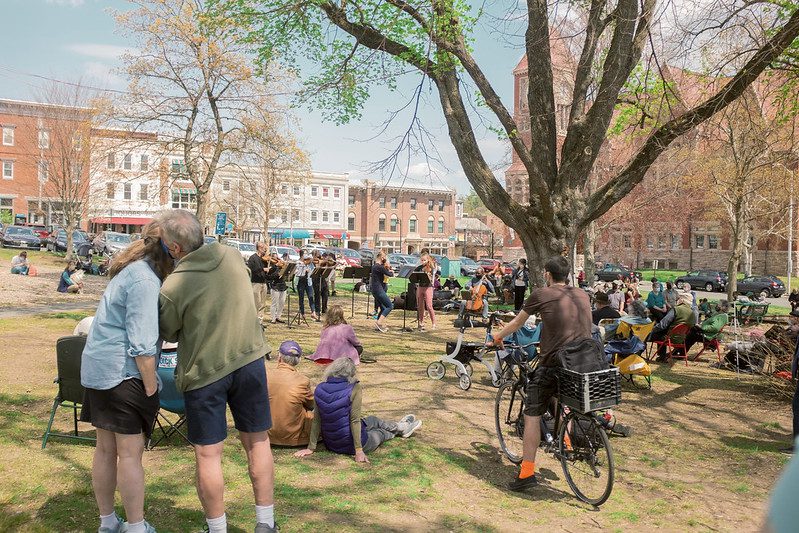
Case Studies of Successful Community Spaces
Seeing Third Place Theory in action provides inspiration and tangible examples of how these principles can be applied to create thriving community spaces.
Here are some inspiring case studies of successful third places:
- The High Line in New York City: This former elevated railway line has been transformed into a popular public space, offering stunning views and fostering a sense of community.
- The Gathering Place in Tulsa, Oklahoma: This expansive park and cultural center provides a wide range of amenities and activities, attracting people of all ages and backgrounds.
- The Library of Birmingham in England: This modern library is a vibrant hub for learning, socializing, and community events.
These examples demonstrate that Third Place Theory is not just a theoretical concept, but a powerful tool for creating spaces that foster a sense of community, enhance well-being, and enrich our lives.
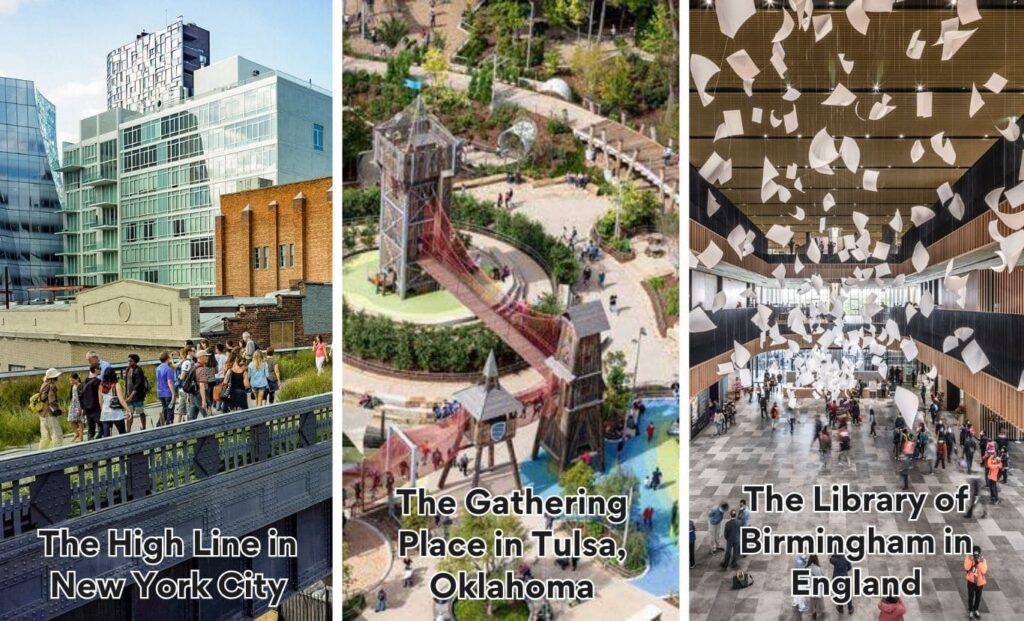
Source: author
Theory to Practice: Putting Third Place Theory into Action
But how can we create spaces that truly meet the needs of our communities?
Here are some practical steps for putting Third Place Theory into action:
- Identify the Needs of Your Community: Conduct a needs assessment to understand what kinds of spaces are lacking in your community and what types of activities people are looking for.
- Partner with Local Organizations: Collaborate with local businesses, community groups, and organizations to create a network of support for your third place.
- Seek Funding and Resources: Explore funding opportunities, grants, and partnerships to support the creation and maintenance of your third place.
Creating a successful third place requires a collaborative effort and a shared commitment to fostering community. By working together, we can create spaces that truly meet the needs of our communities and bring people together in meaningful ways.
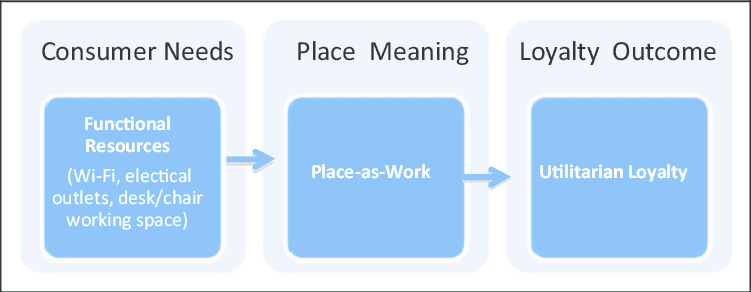
The Impact of Third Places for a More Connected World
Third Place Theory is not just about creating spaces, it’s about building a more connected and vibrant world.
Here are some of the potential impacts of Third Places:
- Reduced Social Isolation: Third places help combat social isolation by providing opportunities for meaningful connection and interaction.
- Increased Civic Engagement: Third places can serve as hubs for civic engagement, encouraging people to participate in their communities.
- Enhanced Well-being: Third places contribute to a sense of well-being by offering opportunities for relaxation, social connection, and shared experiences.
Third Places are not just spaces, they are catalysts for a more connected and fulfilling world. They offer a vision of a future where communities thrive, social bonds are strengthened, and everyone feels a sense of belonging.

Conclusion
Third Place Theory underscores that our lives transcend the boundaries of work and home. To truly thrive, both individually and collectively, we need environments that foster connection, encourage conversation, and cultivate a sense of belonging. By embracing the core principles of accessibility, neutrality, regularity, and affordability, we can develop diverse and vibrant “third places” within our urban landscapes.
These spaces—whether they are lively coffee shops, serene parks, or bustling community centers—offer a respite from the pressures of daily life. They serve as platforms for meaningful interactions, shared experiences, and community building. Ultimately, Third Place Theory invites us to prioritize the creation of such environments, leading to more inclusive, dynamic, and fulfilling urban experiences for everyone.
By integrating these principles into urban planning and design, we have the opportunity to foster stronger community ties and enhance the well-being of all residents. This approach not only enriches individual lives but also strengthens the social fabric of our cities, making them more connected and vibrant places to live.
References
- Lynch, K. (1960). The image of the city. MIT Press.
- Gehl, J. (1987). Life between buildings: Using public space. Van Nostrand Reinhold.
- Jacobs, J. (1961). The death and life of great American cities. Random House.
- Rheingold, H. (1993). The virtual community: Homesteading on the electronic frontier. Addison-Wesley.
- The High Line. (n.d.). The High Line. Retrieved March 10, 2023, from https://www.thehighline.org/
- Gathering Place. (n.d.). Gathering Place. Retrieved March 10, 2023, from https://gatheringplace.org/
- Library of Birmingham. (n.d.). Library of Birmingham. Retrieved March 10, 2023, from https://www.libraryofbirmingham.com/
- The Congress for the New Urbanism. (n.d.). The Congress for the New Urbanism. Retrieved March 10, 2023, from https://www.cnu.org/
- The Project for Public Spaces. (n.d.). The Project for Public Spaces. Retrieved March 10, 2023, from https://www.pps.org/
- Oldenburg, R. (1991). The third place. The Public Interest
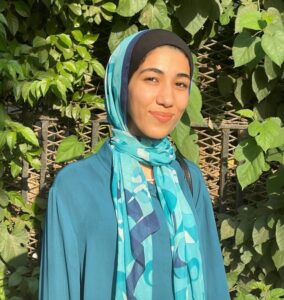
Merna Moataz
About the Author
Merna Moataz is an architecture and urban design student at Helwan University in Egypt, pursuing a Bachelor of Sustainable Architecture and Urban Design. She has demonstrated strong design skills and a passion for innovative public spaces and urban revitalization, participating in various architecture and urbanism competitions and virtual design collaborations.
Related articles

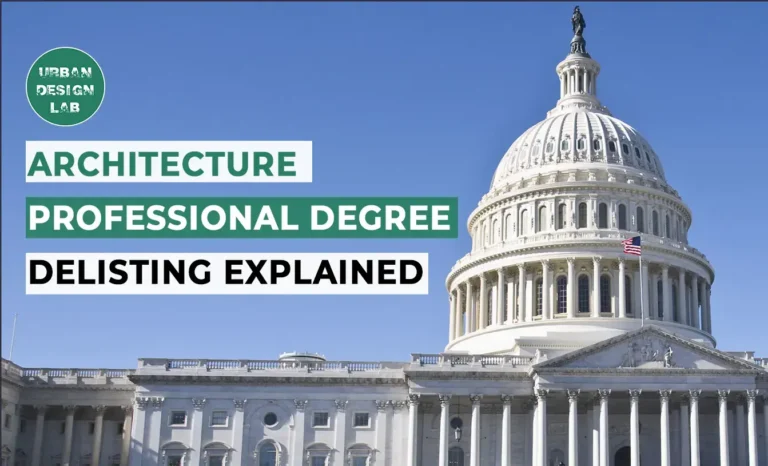
Architecture Professional Degree Delisting: Explained
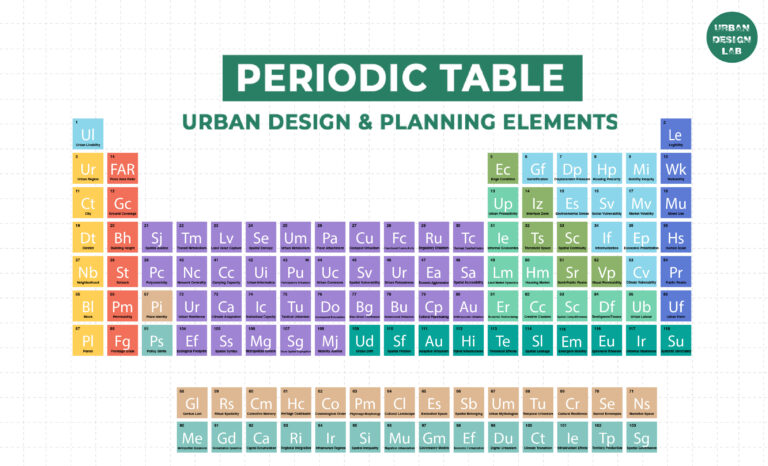
Periodic Table for Urban Design and Planning Elements
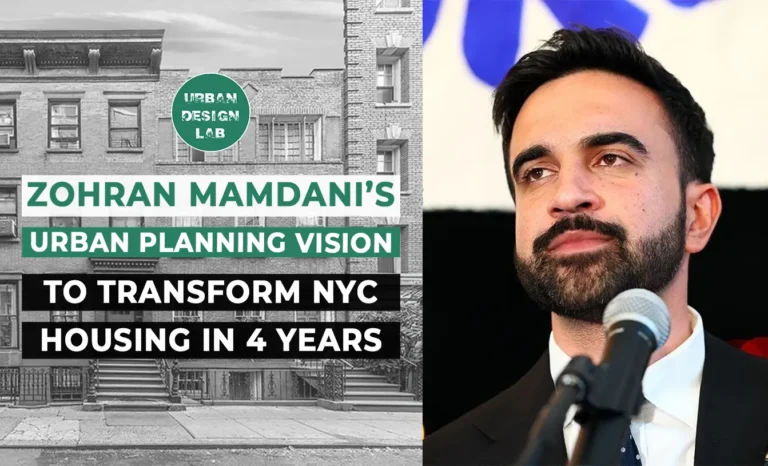
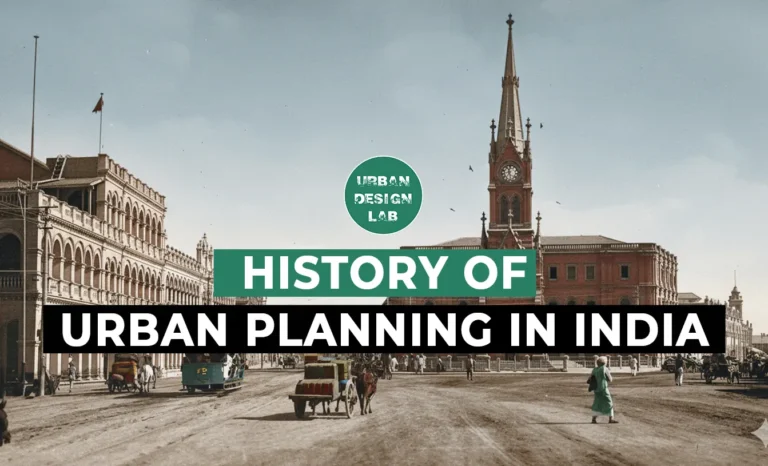
History of Urban Planning in India
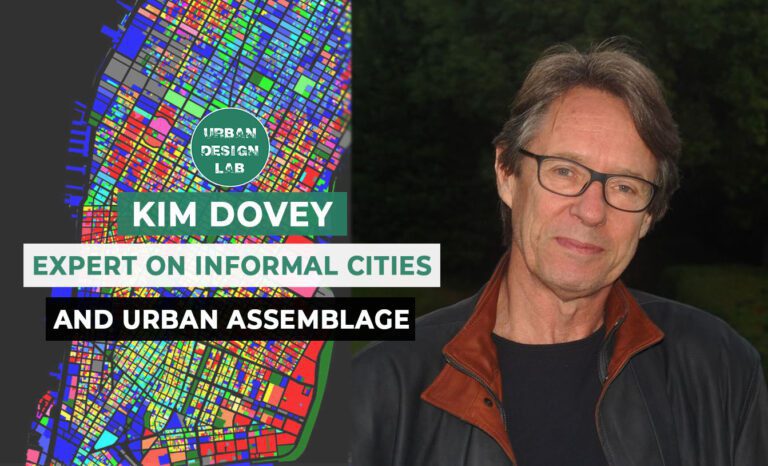
Kim Dovey: Leading Theories on Informal Cities and Urban Assemblage
UDL Illustrator
Masterclass
Visualising Urban and Architecture Diagrams
Session Dates
17th-18th January 2026

Urban Design Lab
Be the part of our Network
Stay updated on workshops, design tools, and calls for collaboration
Curating the best graduate thesis project globally!

Free E-Book
From thesis to Portfolio
A Guide to Convert Academic Work into a Professional Portfolio”
Recent Posts
- Article Posted:
- Article Posted:
- Article Posted:
- Article Posted:
- Article Posted:
- Article Posted:
- Article Posted:
- Article Posted:
- Article Posted:
- Article Posted:
- Article Posted:
- Article Posted:
- Article Posted:
Sign up for our Newsletter
“Let’s explore the new avenues of Urban environment together “


























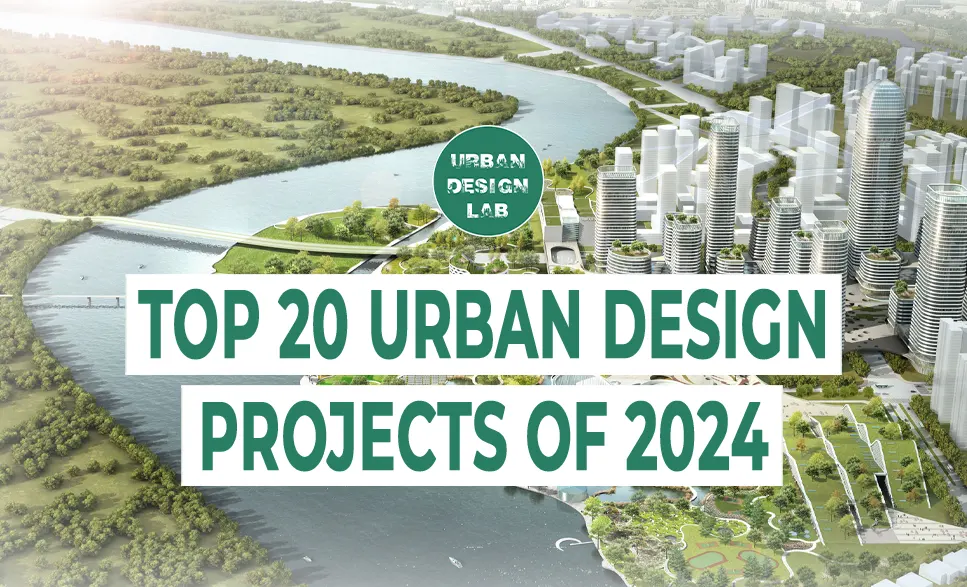
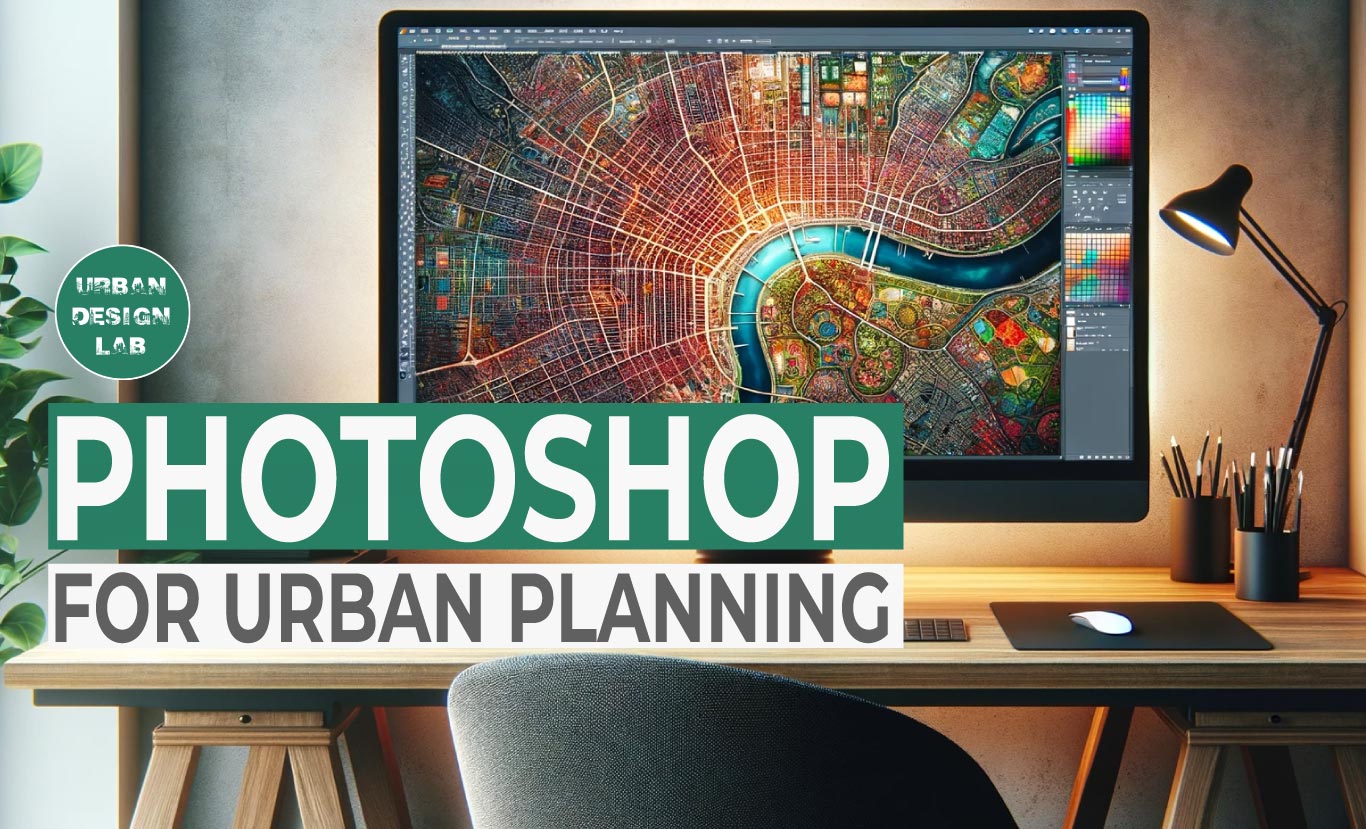
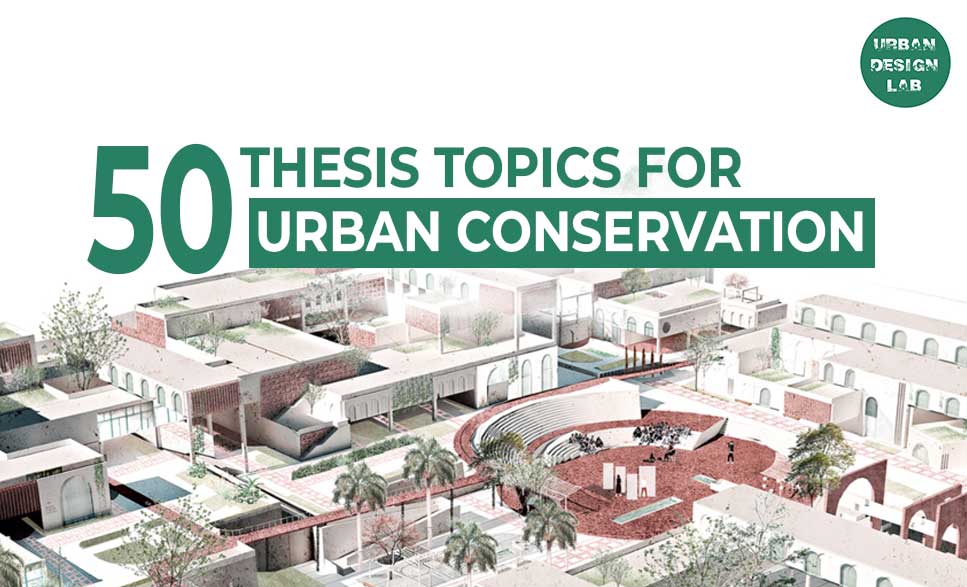
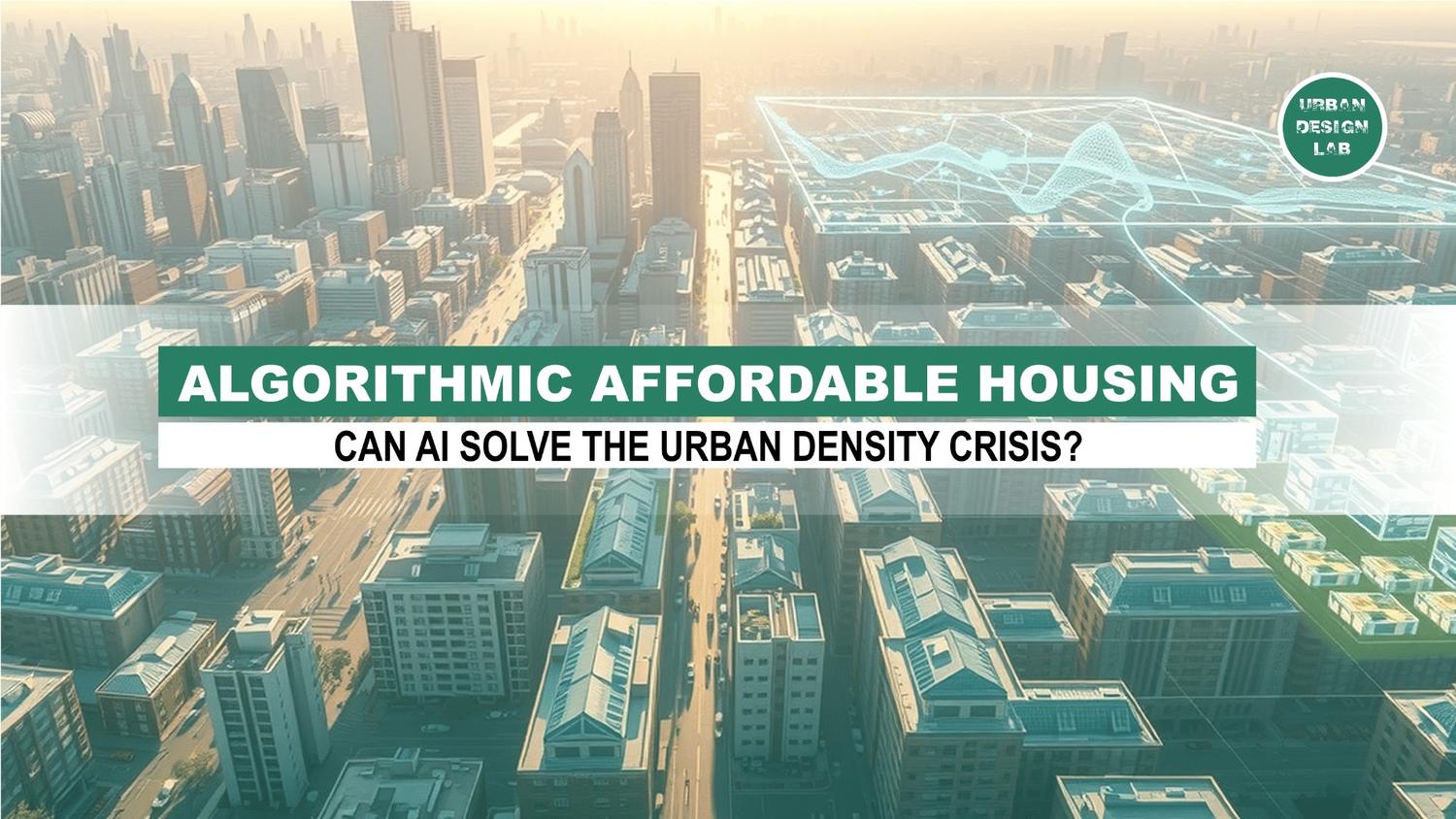
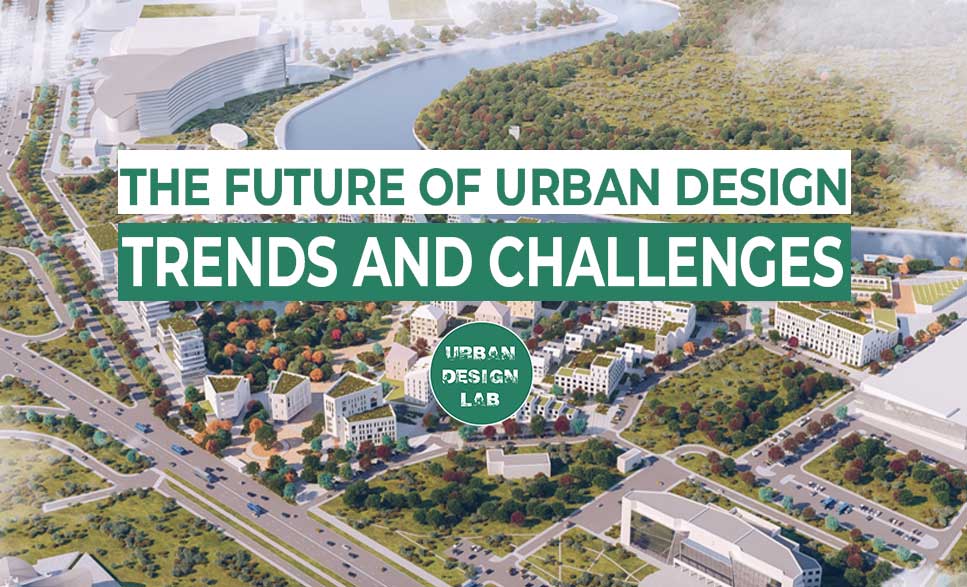
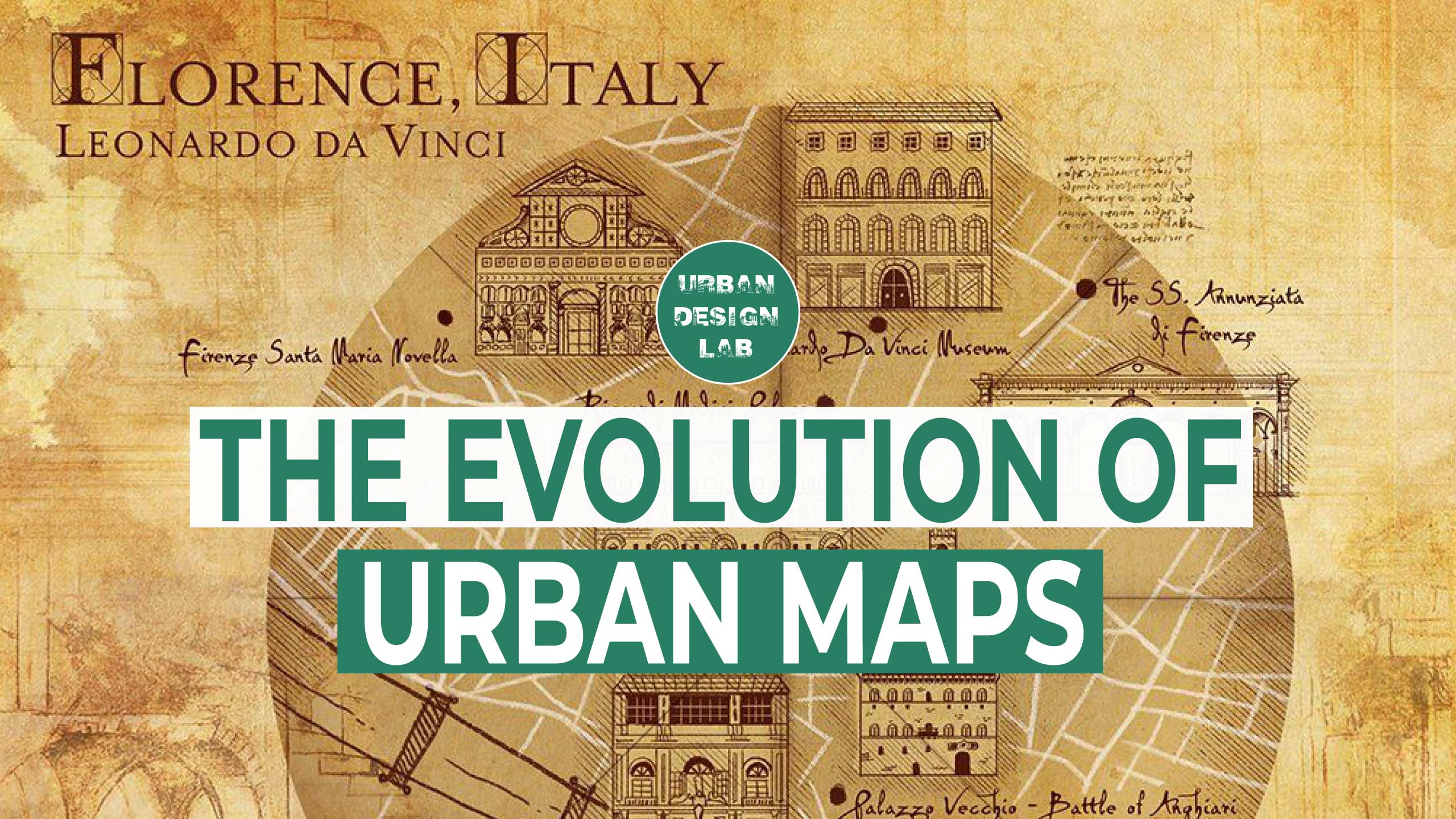
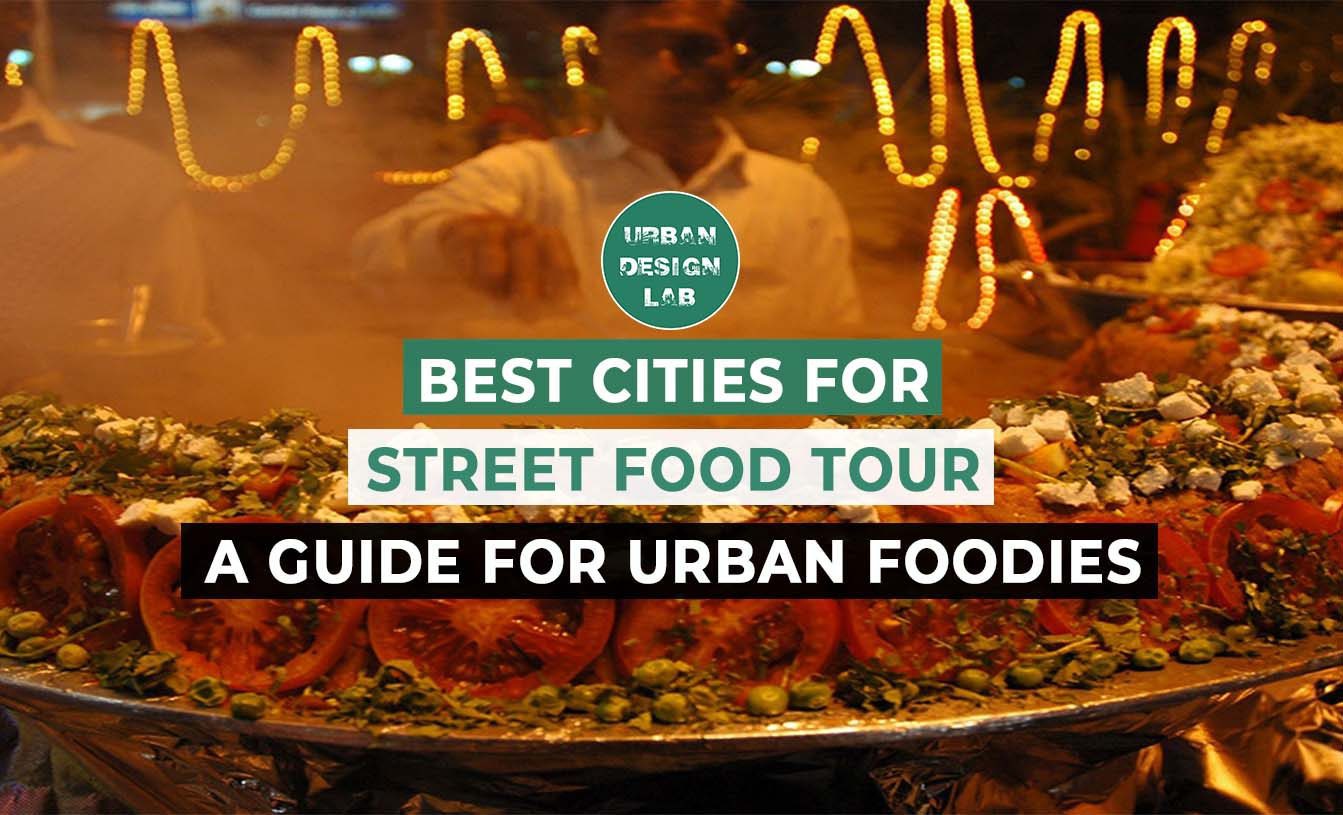


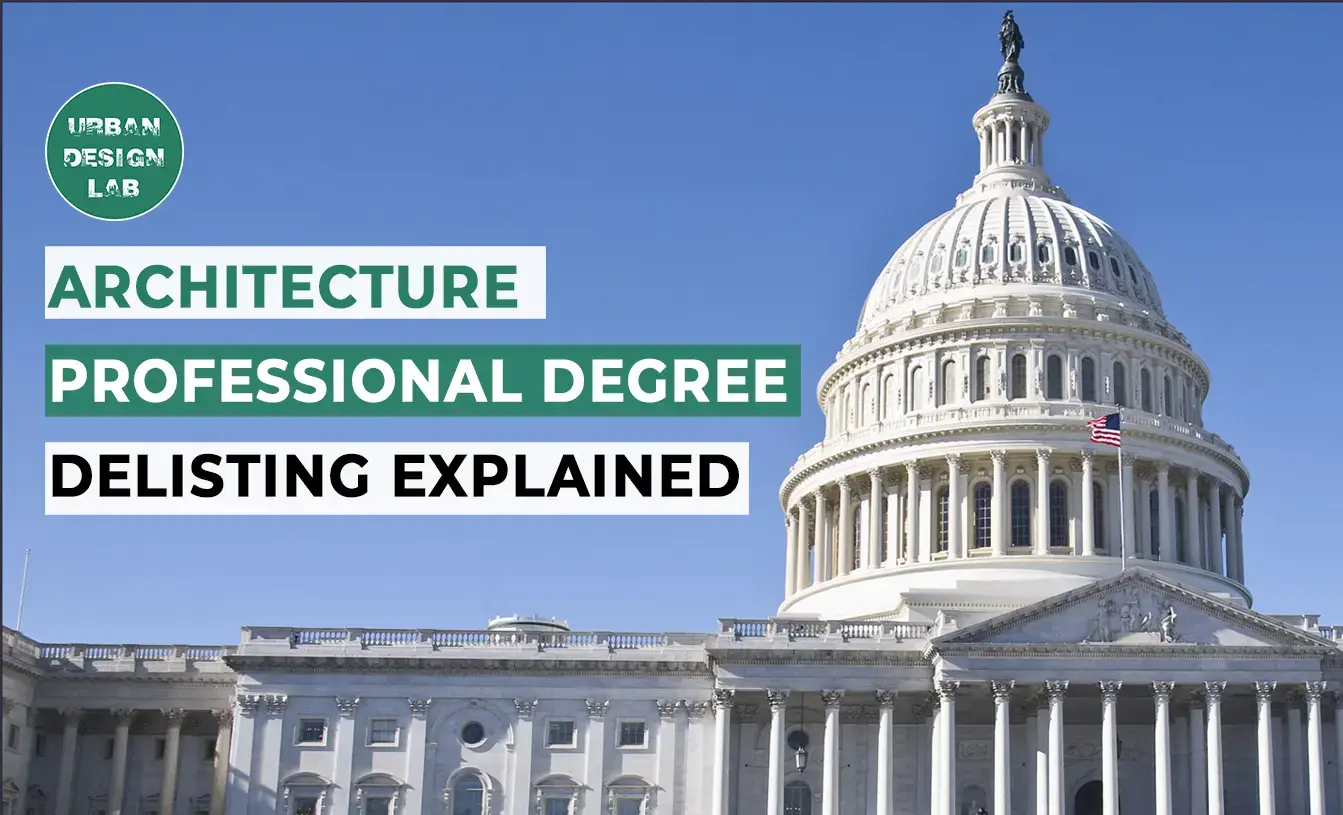








3 Comments